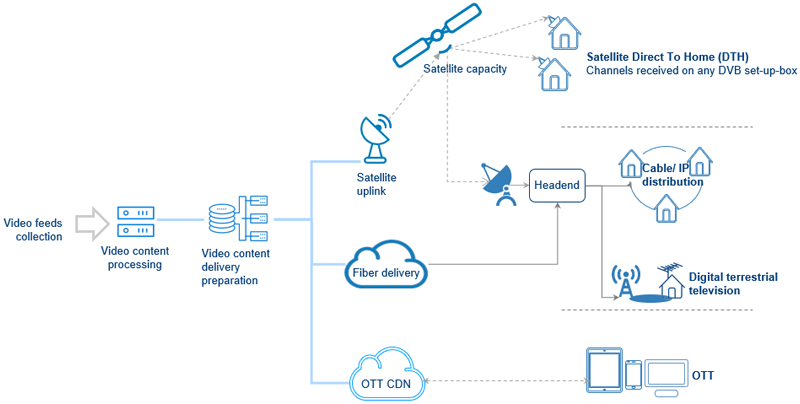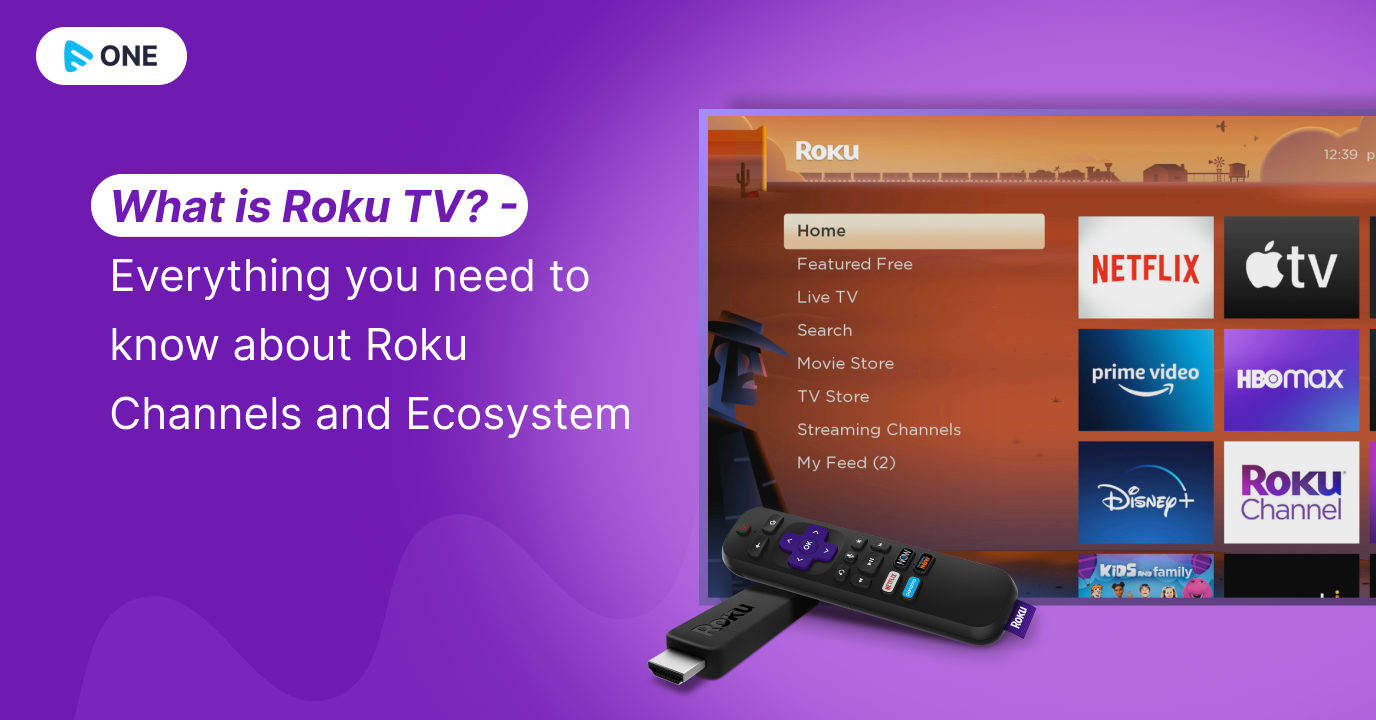Some Known Details About Apollo Group Tv
Some Known Details About Apollo Group Tv
Blog Article
The 20-Second Trick For Apollo Group Tv
Table of ContentsThe 20-Second Trick For Apollo Group TvNot known Details About Apollo Group Tv Our Apollo Group Tv StatementsNot known Incorrect Statements About Apollo Group Tv
In this situation, as opposed to having three-minute commercial spots during a 30-minute tv program, television shows may change to one where a consumer will certainly be called for to have a monthly subscription, to make sure that they cen sight targeted banner ads. This type of advertising already happens online, and the quantity of data tv firms accumulate allows them to do much the very same.Explain the influence of enrollers on program web content. Describe the major fads amongst the broadcasting and wire networks. When tv remained in its infancy, producers modeled the brand-new tool on radio. Popular radio reveals such as authorities drama Dragnet and western cowboy collection Gunsmoke were adjusted for tv, and brand-new TV shows were sponsored by single marketers, equally as radio programs had been.
Today, the tv sector is even more complex. Programs are funded by multiple advertisers; shows is regulated by significant media corporations; and the three significant networks no more control the airwaves however instead share their visitors with numerous cable television channels. Numerous factors account for these fads within the market, including technical advancements, government guidelines, and the production of brand-new networks.

Not known Facts About Apollo Group Tv
Established in 1969, (PBS) established out of a report by the Carnegie Compensation on Educational Tv, which took a look at the role of academic, noncommercial tv on society. Public television was additionally intended to supply global access to television for visitors in rural locations or customers who might not manage to pay for personal tv services.
The period between 1950 and 1970 is traditionally recognized as the. Besides a little section of airtime controlled by public television, the three significant networks (called the Big 3) dominated the television market, jointly making up more than 95 percent of prime-time viewing. In 1986, Rupert Murdoch, the head of multinational business Information Corp, released the Fox network, testing the dominance of the Big Three.
Targeting young and minority audiences with shows such as Buffy the Vampire Slayer, Moesha, Dawson's Creek, and The Wayans Bros., the new networks wanted to attract terminals far from their old network associations. Nonetheless, instead of duplicating the success of Fox, UPN and WB struggled to make an impact. Unable to attract numerous affiliate stations, both fledgling networks reached fewer households than their larger rivals because they were unobtainable in some smaller sized cities.
This choice led the way for the advancement of cord motion picture networks, contributing to the exponential development of cord in the 1980s and 1990s. apollo group tv app. Additional deregulation of cable television in the 1984 Cable Communications Plan Act removed limitations on wire rates, allowing operators to bill what they desired for wire solutions as long as there was efficient competition to the service (a criterion that over 90 percent of all cable television markets could fulfill)
Apollo Group Tv - Truths

Having actually developed the initial "superstation," Turner expanded his realm by starting 24-hour information network CNN in 1980. At the end of the year, 28 national programming services were offered, and the wire revolution had begun. Over the next decade, the sector undertook a duration of quick development and popularity, and by 1994 audiences might pick from 94 fundamental and 20 costs cord solutions.
Number 9 - https://apollogtv01.blog.ss-blog.jp/2024-10-15?1728922175.16 Increased competitors from cord channels has created a stable decline in the networks' target market ratings. Throughout the 1950s, the cost of creating a single tv show enhanced as programs came to be longer and manufacturing prices soared. Sponsorship on network television moved from solitary sponsorship, in which a program was entirely supported and created by one marketer, to numerous sponsorship, in which advertisers purchased 1- or 2-minute places on the program
Select one of the Big Four networks read and publish out its once a week shows timetable. See the network's prime-time programs over the training course of a week, keeping in mind the target group for each program.
Apollo Group Tv - An Overview
Straight TV, frequently described as typical program TV, includes cord and satellite tv. It's called "straight" due to the fact that content complies with an established shows timetable, unlike on-demand web content which the individual audience makes a decision to enjoy based upon their very own choices and timetable. When you ask, "What is linear TV?", consider it as the traditional way of seeing TV that has actually been around for years.
Report this page